CO582: Computer Interaction and User Experience
History and research paradigms
Tomas Petricek
email: t.petricek@kent.ac.uk
twitter: @tomaspetricek
office: S129A
Why history and research paradigms
The Structure of Scientific Revolutions

Research paradigms
- Determine what questions matter
- Assumptions are not questioned
- Provide methods for answering
Scientific revolutions
- There is one dominant paradigm
- Problems cause paradigm shifts
- Knowledge is incommensurable
Research paradigms in computer interaction and UX
What questions do we ask?
- How to prevent certain kind of errors
- How to design a pleasant interface
How do we answer them?
- Run a controlled experiment
- Work with users on a design
Research paradigms in computer interaction and UX
Four paradigms
- Human factors (1950s)
- Cognitive models (1980s)
- Human actors (1990s)
- Experience and emotion (2000s)
Nature of the paradigms
- They overlap and some can be grouped
- They focus on complementary aspects
I: Human factors (1950s)
Electronic equipment in World War II
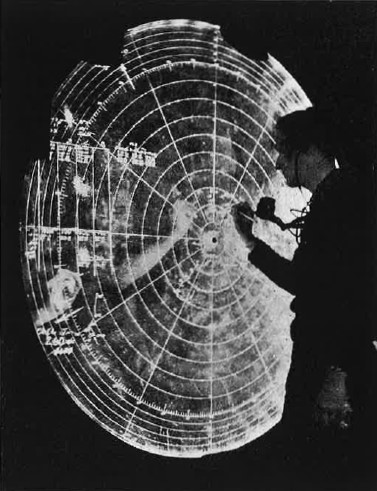
Equipment interaction incidents
- Airplane crashes by trained pilots
- Missed enemies on radars
- Controls & instrument displays
Goal is to optimize man-machine fit
- Minimize potential for problems
- Experimental psychology
- Testing inside and outside lab
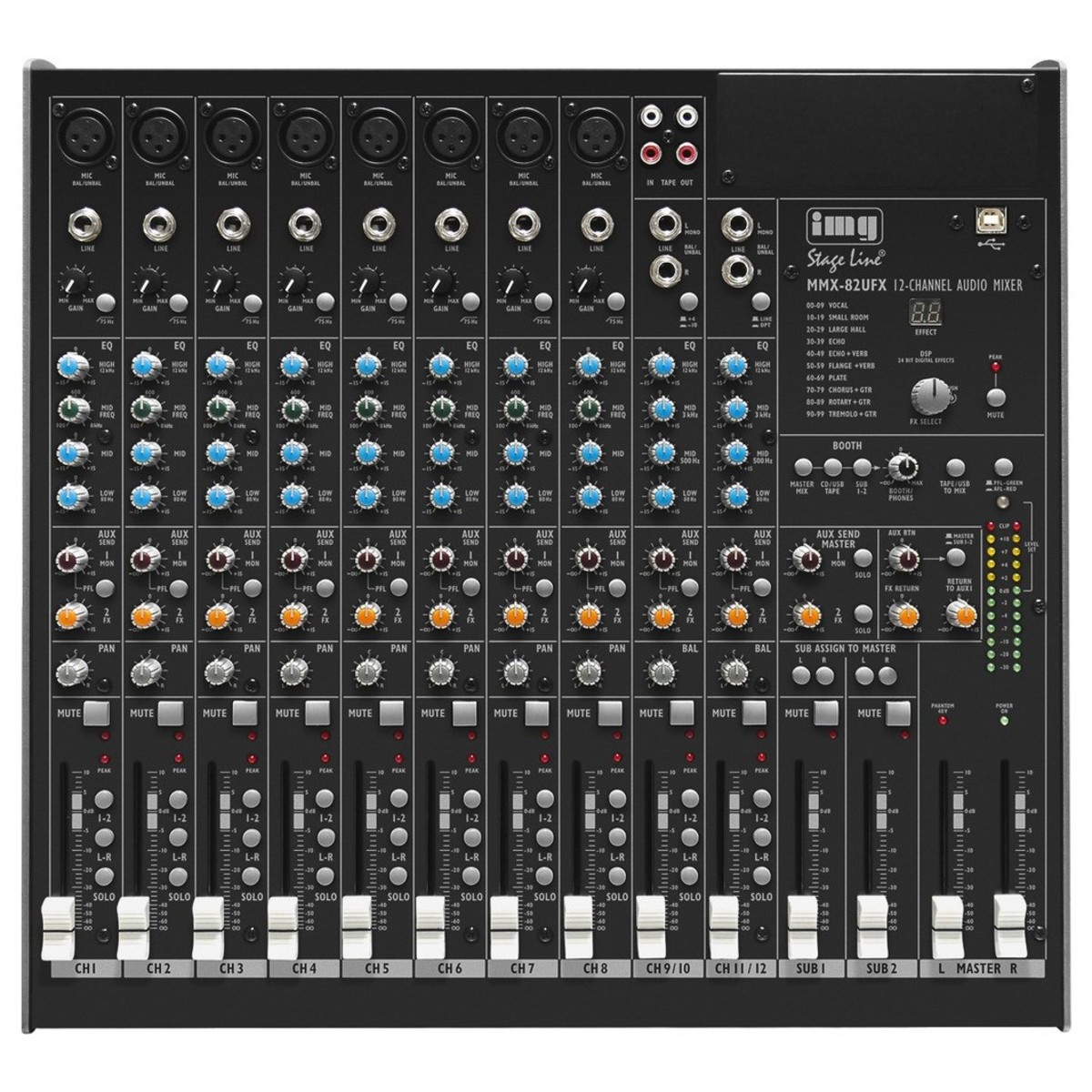
What if it turns out that finding the right knob is hard?
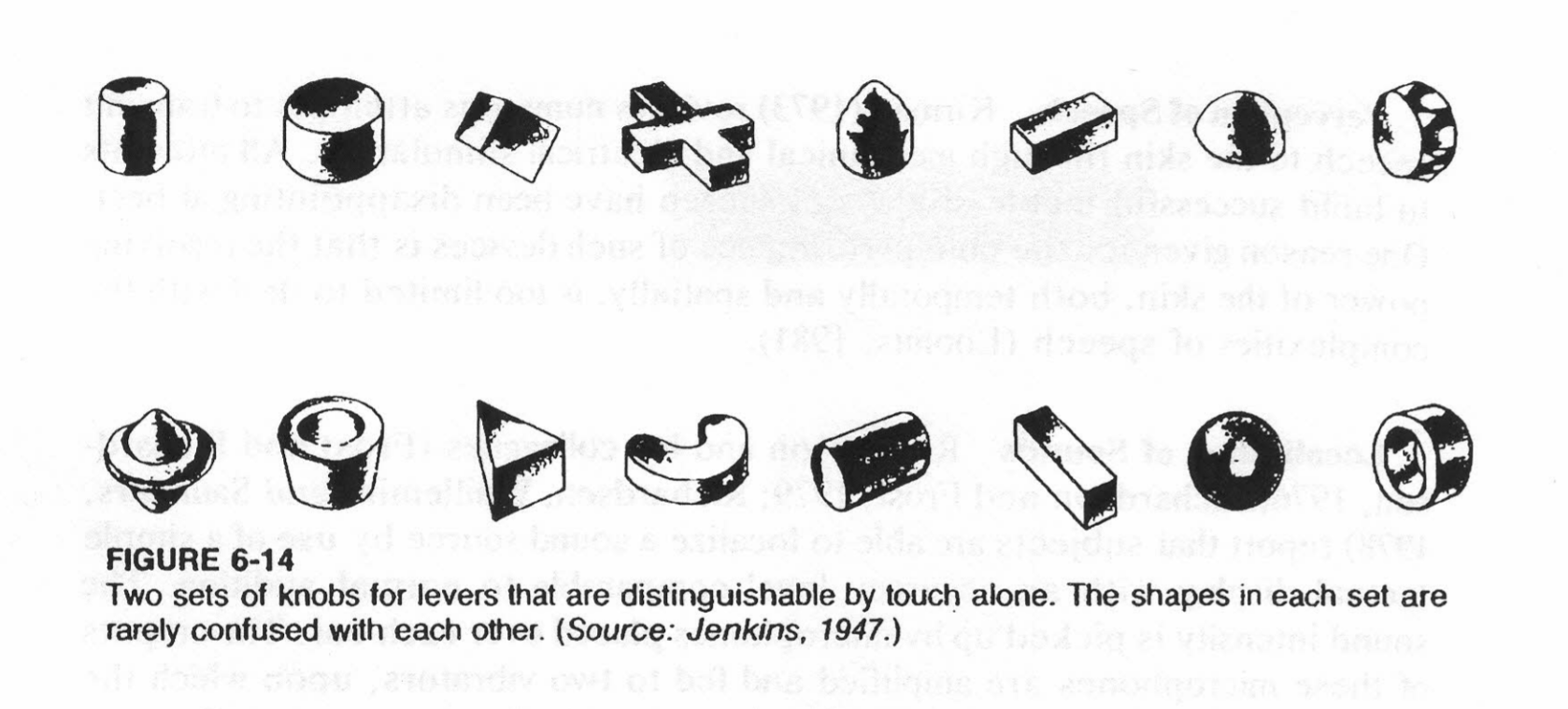
Example: Knobs distinguishable by touch alone
Typical for human factors paradigm
Motivated by a critical incident (albeit hypothetical)
Pragmatic solution to a practical problem
Experimentally tested (different sizes don't work)
II: Cognitive models (1980s)
Cognitive models and information processing

Understand how users think
- Use models to guide design
- Models with predictive power
- Model both brain and computer
Assumptions and methods
- Task-focused problems
- Allows systematic evaluation
- Limitations of the model are acceptable

Does this start screen allow efficient use of Word?
Hard to answer from human factors perspective!
Example: Information processing model

Information processing models
- Series of stages acting on mental representation
- Information can be images, rules, models, etc.
- Predict what components are involved
- Predict user reaction time
Example: Information processing model
Typical for cognitive models paradigm
Model of how brain works (not ad-hoc human factors)
Predictive power (can be tested in a lab)
Simplifying assumptions (not actual users in context)
Classical cognitive models of computer interaction
Human processor model
Stages in perceptual, cognitive and motor subsystems
Goals, operators, methods, selection (GOMS)
Select method consisting of operators to achieve a goal
Keystroke-level model (KLM)
How expensive is an operation such as drag and drop?
III: From human factors to human actors (1990s)
From human factors to human actors
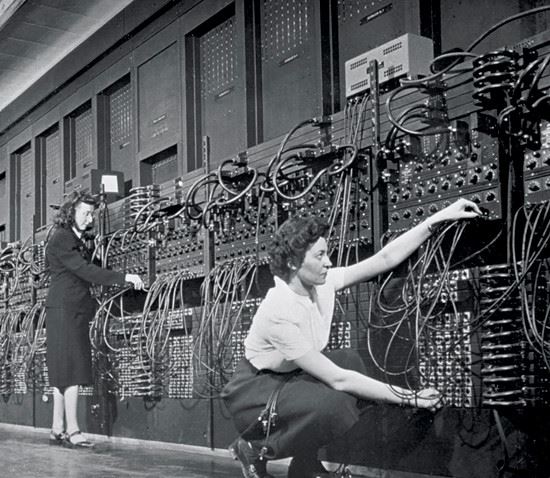
Improve how users work
- Study actual, not model users
- In a real workplace environment
- Help improve work efficiency
Assumptions and methods
- Users are part of the process
- Ethnography, prototyping, participatory design
- Knowledge has limited generalizability

How to add features to Excel?
How people learn about them?
How do people learn to use spreadsheets? (Sarkar et al., 2018)
Conducted interviews with small number of users
- Including beginners and experts
- Asking how they learned about new features
- Summarizing important points
Important lessons from users
- Learn from experienced users in organization
- Learn from spreadsheets using the feature
How can we add a new learnable feature?
Example: How do people learn to use spreadsheets?
Typical for human actors paradigm
Involves users (ethnography and surveys)
Rich context (colleagues and existing spreadsheets)
Qualitative rather than quantitative (hard to test)
No definite answers (but useful design hints)
IV: Cultural and emotional experience (2000s)
Cultural and emotional experience

Changing nature of computing
- Ambient and ubiquitous
- Move from work to leisure use
-
Technological advances
enable new experiences
Assumptions and methods
- Take it or leave it approach
- Ideas from art or philosophy
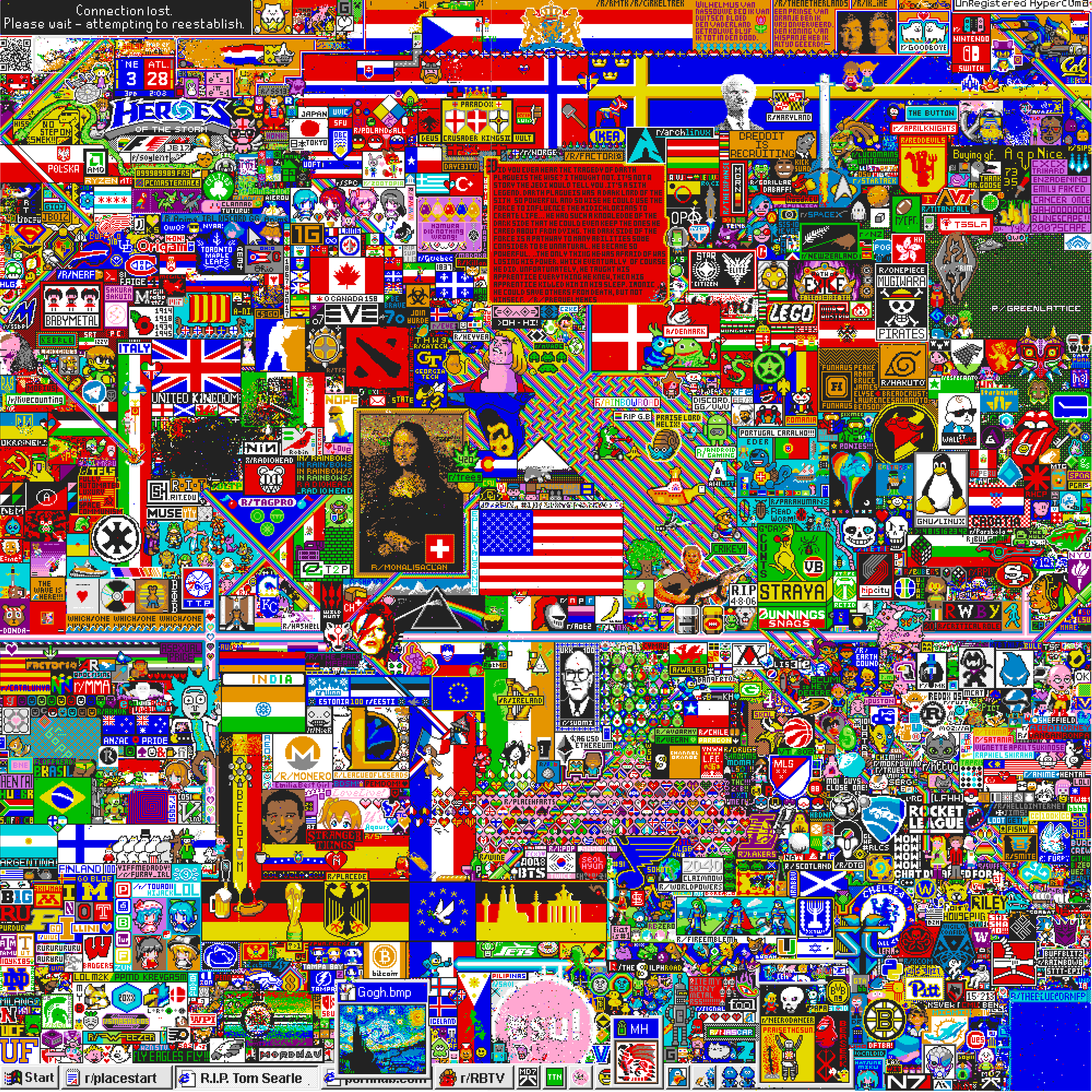
Reddit /r/place allowed users to change 1 pixel in a 1000x1000 grid per 5-20 minutes.
Third-wave human computer interaction
Methods and concerns of the third wave
Can ask questions rather than giving answers
Think about entire digital ecosystems
Understanding human body and mind
Explore new forms and shapes of interaction
MusicJacket (van der Linden et al., 2010)
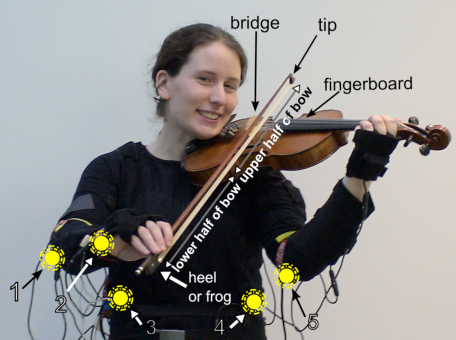
Wearable system to support the teaching of good posture and bowing technique to novice violin players.
Example: MusicJacket
Typical for emotional experience paradigm
Uses human body as an interface
Designed for leisure application (somewhat)
Experimentally tested (unlike more art projects)
Summary
Four paradigms: Motivations and methods (1/2)
Human factors (1950s)
- Avoid incidents caused by bad interaction
- Pragmatic solution, experimental testing
Cognitive models (1980s)
- Make interaction efficient in less ad-hoc way
- Cognitive models with predictive power
Four paradigms: Motivations and methods (2/2)
From human factors to human actors (1990s)
- Improve efficiency in a real work environment
- Ethnography, prototyping, participatory design
Cultural and emotional experience (2000s)
- New formats of computing and non-work focus
- Inspiration from art, qualitative evaluation
CO582: History and research paradigms
What you should remember from this lecture
- Why paradigms matter
- Four paradigms of human-computer interaction
- Their motivations and methods they use
Tomas Petricek
t.petricek@kent.ac.uk | @tomaspetricek
References
Papers
- When second wave HCI meets third wave challenges, S. Bødker
- Three faces of human-computer interaction, J. Grudin
- The three paradigms of HCI, S. Harrison et al.
- Third-wave HCI, 10 years later - Participation and sharing, S. Bødker
- A brief survey on user modelling in HCI, P. Biswas, P. Robinson
-
MusicJacket—Combining Motion Capture and Vibrotactile Feedback to Teach Violin Bowing,
J. Van Der Linden et al.
Books
- The Structure of Scientific Revolutions, Thomas Kuhn
- Interaction Design: Beyond Human-Computer Interaction, H. Sharp, Y. Rogers, J. Preece
Web links
